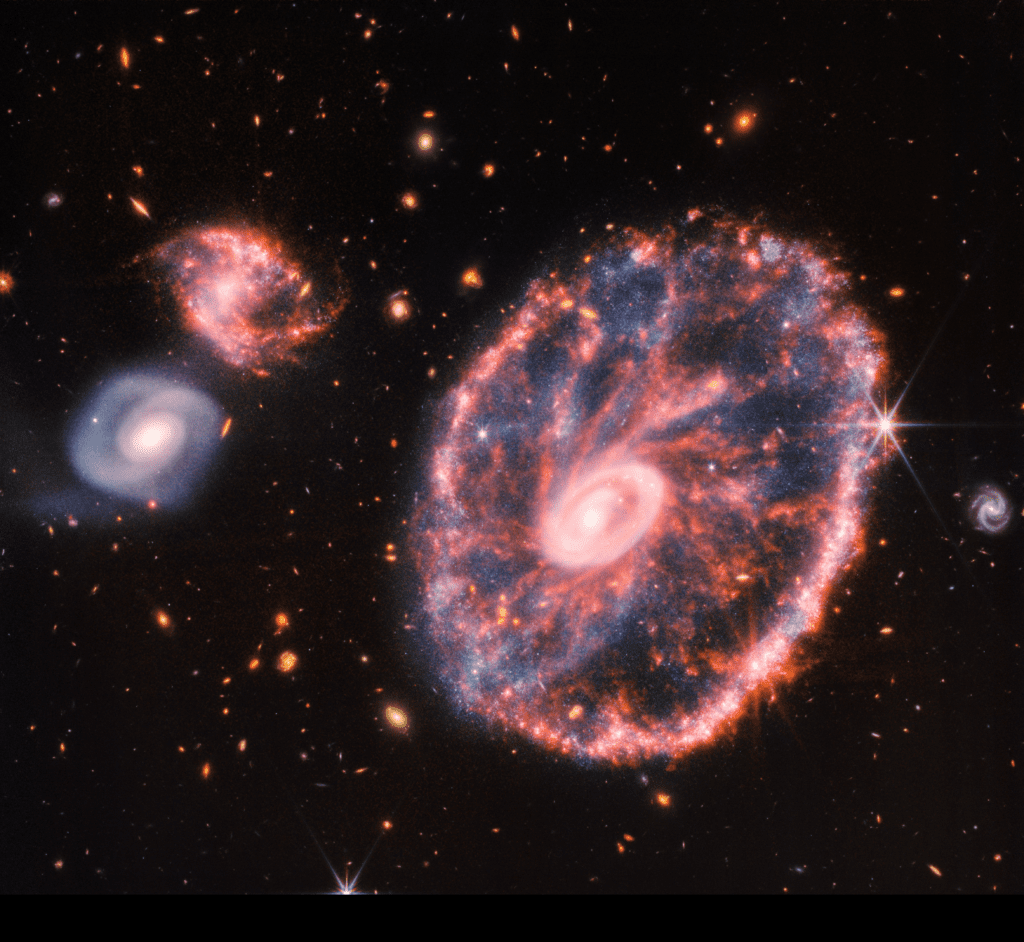But who is this scientist who publishes his humor on his social account?
He was at it again this weekend, with a “duck prank”, on his Twitter account:
“Lead us to your leader. No, not that one. Nor that one either. So you can’t do better after being responsible for 65 million years? “
Writing a page about this person has been on my mind for some time. So with the news from the James Webb telescope I have no excuse not to dive in.
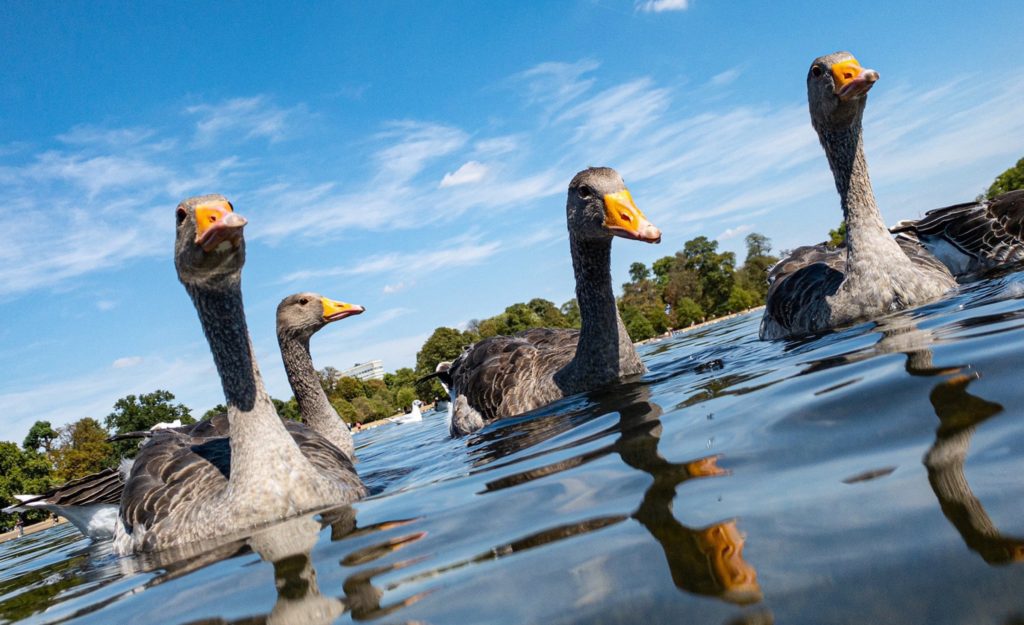
Curiosity never killed a cat, as the English saying goes. Nor a well-supervised young child. And curiosity and imagination are the essence of learning and education – or should be.
In schools journalism this should be one of the primary motivations for the profession, followed by the ability to produce an accurate but engaging account of an event or experience. If we add a personal touch or humor to it, a report explodes in broad daylight.
During my professional activities in the space field I discovered many very demanding and very often original people: in their approach to scientific communication, by being offbeat, and personalising accounts and to use a modern expression, "full of punch" . (Well, some also appreciated Guyanese rum!) With these qualities, they fulfill their ambitions, their work and their discoveries are better known.
(I've also met and worked with scientists or engineers who just couldn't come down from their "ivory tower". They could cross out any "unusual" text submitted to them for validation.) Since the beginning of the James Webb Space Telescope (JSWT) program I have been gleaning with great pleasure a lot of information from a person I have never met, Mark McCaughrean. He is Principal Adviser for Science and Exploration at the European Space Agency, in charge of communication and member of the James Webb Space Telescope Multidisciplinary Group. He is based at ESTEC, ESA's research and technology center in Noordwijk, the Netherlands. Where I myself participated in ESA's communication efforts.
I was not aware of his curriculum vitae (which I discovered on his personal website markmccaughrean.net. But when I read his explanations about JSWT, or his travels, he is obviously a very interesting, learned and engaging person.
From his Twitter account (@markmccaughrean), I take this fascinating example.Almost all Webb Telescope images and data after release are to put it simply “copyright free”. Everyone can jump in to analyse them. And “play with” the data. That’s what McCaughrean has done with the infra-red images of the Cartwheel Galaxy, 500 light years from us. Image released by NASA on August 3.
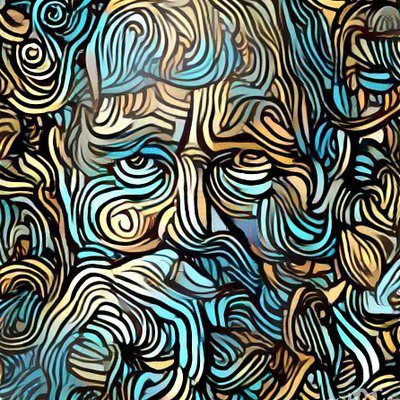

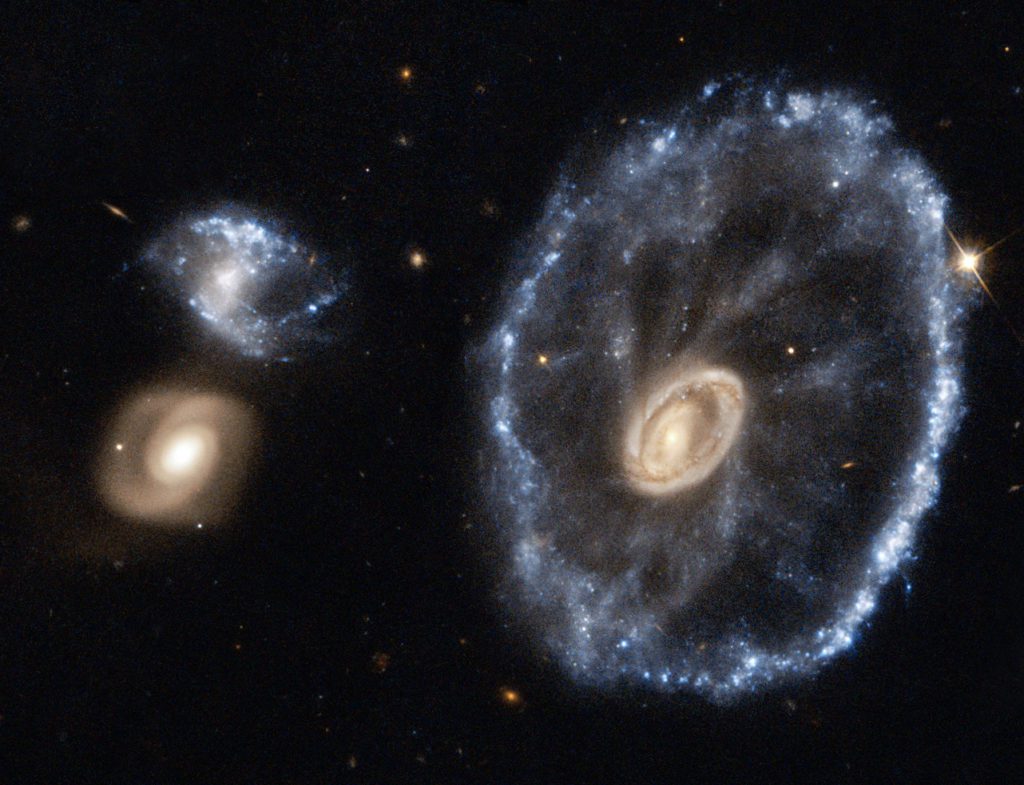

"To entertain and enlighten you, I had fun doing image fades (in animated GIF format) from the one produced in Webb's infrared image and one from the Hubble Telescope taken in 1995. Over these 27 years, it is possible to see a lot of movement from closer stars. The main one is the very bright star at the top right of the constellation, just outside its main ring. But there are several that move at a similar pace and in the same direction. Another, left above the nucleus, just inside the ring."
We can imagine the man playing, tweaking the settings of his imaging application. He's a scientist but still with a child's curiosity and playfulness.
Here is the animated GIF (looped) produced by Mark McCaughrean.
Framed in red are the six stars that have obviously moved over the 27-year period.
Mark has some possible explanations but specifies that it would be too risky to draw conclusions, about the changed position of these stars. I come back to the subject of science communication experts. Among those I was able to meet several times, Bob Fosbury, emeritus astronomer, former head of The Hubble Coordination at the European Southern Observation (ESO) in Garching, near Munich.
Passionate about all aspects of light and photography,in space or on Earth, it was Bob Fosbury who worked to the Chariot Wheel image, taken by Hubble 27 years ago. And who probably also played to improve it in 2010. Always in contact, I find him regularly with unusual images, landscapes, nature, all examined and seen in another light. 
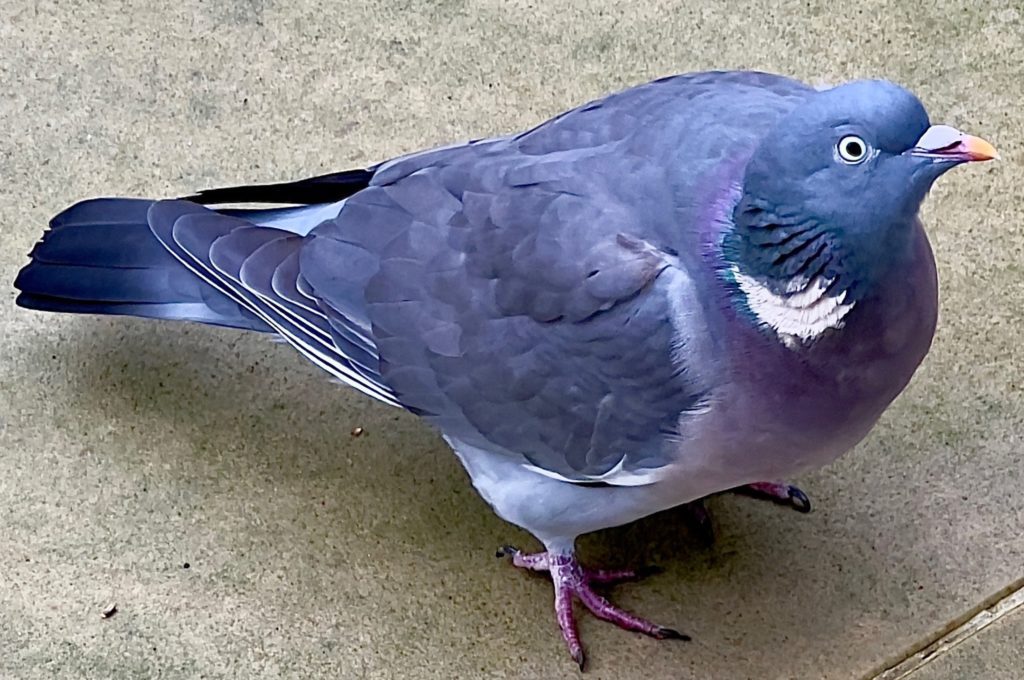
Mark McCaughrean is often travelling, grumbling about the disruption of his plane flights, or car rentals. This weekend he was in London on Saturday for a presentation of James Webb's results at the International Youth Science Forum (LYSF).
After this meeting he felt a void, inviting anyone around to have a drink and chat with him. But he must have disappointed those who responded.
Because he finally decided to go to a concert at the Royal Albert Hall. With a program of Elfman, Gershwin, & Ravel.
"If you see in the photos, near the stage, a guy in a black polo shirt with the colors and logo of James Webb, who has a wide smile trying not to cry while listening to "Rhapsody in Blue. Oh good..."
I now have a discovery to make: to meet this man and see whether he comes up to these first impressions. 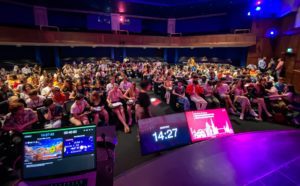

Updated/maj. 08-08-2022
Vues : 11

